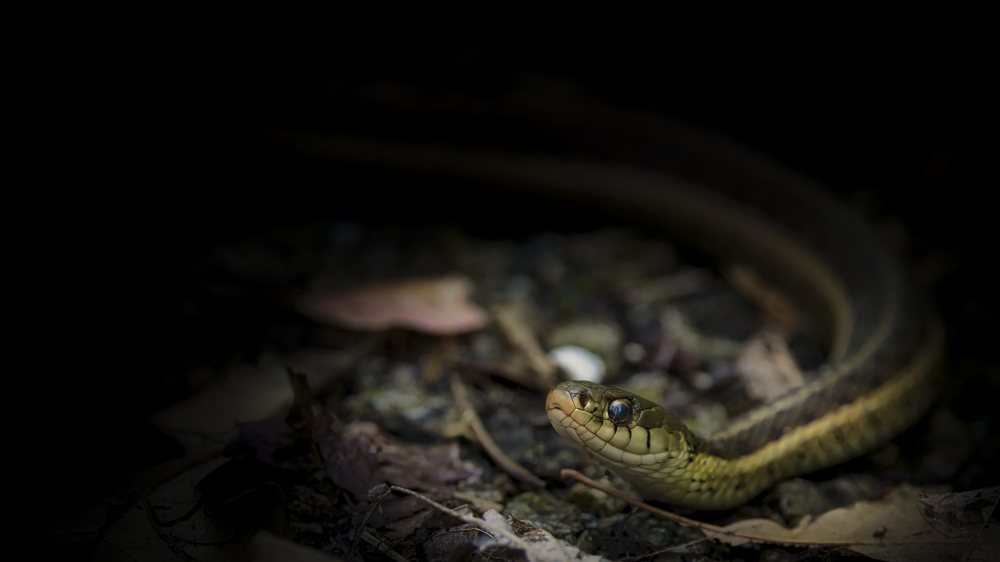
Song Sparrow
(Melospiza melodia)
The Song Sparrow, scientifically known as Melospiza melodia, is a small passerine bird belonging to the family Passerellidae. It is one of the most widespread and familiar sparrows in North America. The Song Sparrow derives its name from its melodious and distinctive song, which is sung by the males during the breeding season.
Here are some key features and characteristics of the Song Sparrow:
Appearance:
The Song Sparrow is a medium-sized sparrow with a plump body and a length of around 5.5 to 7 inches (14 to 18 cm). It has a round head, a long and slightly rounded tail, and a stout bill. The plumage of the Song Sparrow is quite variable, but in general, they have brown or gray-brown upperparts with dark streaks and a gray or white breast with thick, dark streaks. They also have a brown or reddish-brown cap and a distinct dark spot in the center of their breast.
Song:
The male Song Sparrow is renowned for its beautiful and complex song, which consists of a series of melodious notes, trills, and whistles. Their songs are usually delivered from elevated perches or territorial boundaries to attract mates or establish their territory. The song varies among individuals and geographic regions, leading to distinct regional dialects within the species.
Distribution and Habitat:
The Song Sparrow is a common and widespread species throughout North America. It can be found from Alaska and northern Canada, throughout the United States, and into parts of Mexico. They are typically non-migratory birds, but some populations may undertake short-distance migrations.
Song Sparrows inhabit a variety of habitats, including open woodlands, shrubby areas, marshes, meadows, and suburban gardens. They have adapted well to human-altered landscapes and can be frequently spotted in parks, gardens, and other residential areas.
Feeding and Behavior:
Song Sparrows primarily feed on insects, spiders, and other invertebrates during the breeding season. Their diet also includes seeds, berries, and small fruits during other times of the year. They forage on the ground, scratching through leaf litter or probing into the soil for food.
These sparrows are generally solitary or found in small groups outside the breeding season. They are territorial birds, defending their nesting territories vigorously. During courtship displays, males may engage in flight displays, fluffing up their feathers, and singing from prominent perches.
Breeding and Nesting:
The breeding season for Song Sparrows typically begins in the early spring. The male establishes its territory and sings to attract a mate. Once a pair is formed, the female builds a cup-shaped nest in dense vegetation close to the ground. The nest is constructed with grass, leaves, and other plant materials and is lined with finer materials such as hair or feathers.
The female lays a clutch of 3 to 5 eggs, which are pale greenish or bluish with speckles. She incubates the eggs for about 12 to 14 days. Both parents contribute to feeding and caring for the nestlings after hatching. The young birds fledge after approximately 10 to 12 days and become independent shortly after.
Overall, the Song Sparrow is a charming bird known for its captivating song and adaptability to various habitats. Its melodic tunes and widespread presence make it a favorite among birdwatchers
